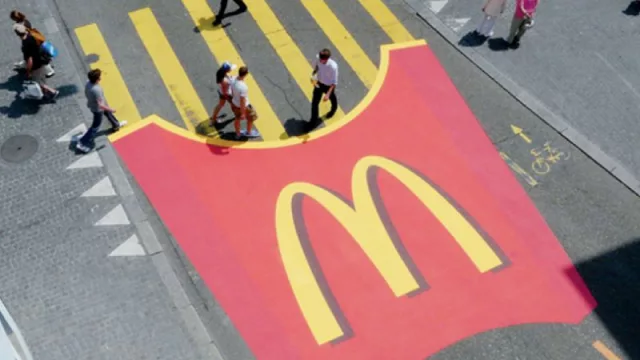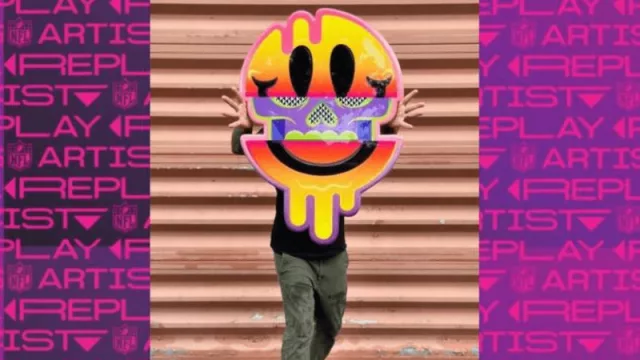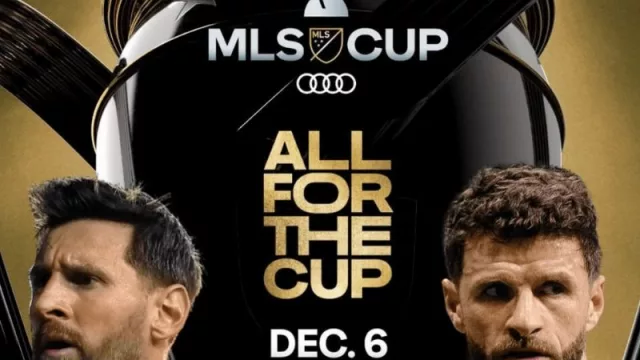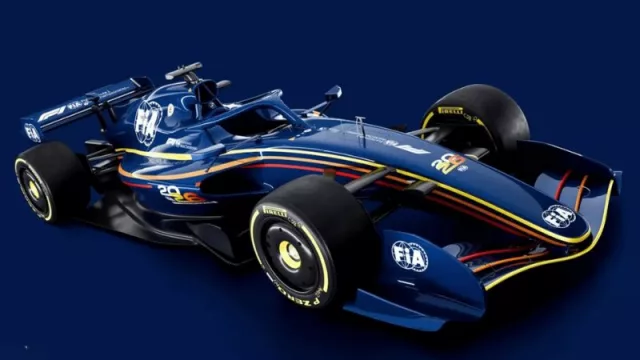There is a conflict in marketing between trends and truly disruptive strategies, which with great health begin to appear in the notes, in conferences, in forums, also at a financial level.
Are leading online companies tiring the world of brands? Are they too “monopolies”? Are they not giving sustainable results or are they too demanding and absorbing?
What are the most successful brands doing other than “trends”? What are they hiding?
What does META know that it is trying to hide? What are online companies trying to hide?
See here a complete detail of what happens today with the MTK CROSS.
What is trending, and many brands and startups do, may not be the most effective, it may be what is fashionable and is driven by "interests" and also by great audience pressure, but that does not necessarily mean profitability in the medium long term.
Being disruptive, innovative, strategic is precisely to get out of the "trends" and do strong, sensible things, with common sense, but very different, which many times most companies are afraid to do.
The main marketing trends today are:
1. Video marketing
2. Remarketing
3. Voice Search Optimization
4. Virtual reality (VR) and augmented reality (AR)
5. Influencer marketing. (Scripted content placed with more directed and coherent production than just open mentions)
6. Conversational Marketing/Customer Contact Diversity
7. Artificial intelligence (AI) and machine learning
8. Live streaming. live shopping
9. Audio content
10. Organic SEO. Press actions and true content in news
11. Inclusive marketing
In this exclusive summary we tell you what Live Shopping is and why it is a success in China today.
Short form content is on the rise and it doesn't seem to be slowing down. Instagram Reels, TikTok, and YouTube Shorts are some of the top video content channels today. In other words, more videos mean more exposure.
When you are generating a lot of videos that a lot of people watch and all the time you have to upload more videos to a platform, who is the first to win with that? Correct, companies, strategists are beginning to realize something obvious, we all work for Google, META and Tik Tok, among other platforms. The online is absorbing and generates dependency.
On the other hand, if I prepare museums, shows, events, whatever in "my" premises so that "my" public can go to said premises, whoever wins is the owner of the premises. It is clear that for people to find out about this the simplest thing is to use the networks, or google, but there is beginning to be a "counter-tendency" to amplify the MKT Cross and use many other means.
But most importantly, is it clearly not working anymore? The strategic question is… What we do, who does it serve?
Some disruptive strategies that are part of the return to strategic marketing:
1. Product placement (in videos, series, films, influencer content).
2. Content press (real brand news and valuable information).
3. Out of home (screens in public places, interventions in buildings, cars, facade paintings, street art, etc.).
4. Brand Experience (the brand lives in places that are increasingly playful, themed, with museums, with real experiences, classes, forums, training, etc.).
5. Gaming & Sponsoring (brand presence in video games).
6. Entertainment & Sponsoring (when brands produce branded or themed entertainment).
7. Brand museology. (museums and thematic and recreational places of the brands).
8. Cross Media (Cross marketing and communication in all its forms on/offline).
9. Physicality of the brand (do everything possible to translate into details of service, delivery, points of sale, signage, spacing, packaging, real activations, brand values).
10. Technology-assisted personalized sales (the return of human attention supported by many digital, technological tools that do not replace human assistance, but enhance it).
11. Tribal Marketing (no longer only approached from the networks, but from clubs, events, meetings, experiences, much more real of each taste, hobbies, passions, etc).
All these strategies seem outdated at first glance, but as a paradox, the big brands use them again with increasing force, combined with the powerful tools of digital marketing, it is what is called cross MKT.
Everything is changing in marketing and it is clearly turning to a much more coherent harmony between the digital world, the offline world and real experiences.
Here we expand what is happening in Marketing today.












Tu opinión enriquece este artículo: